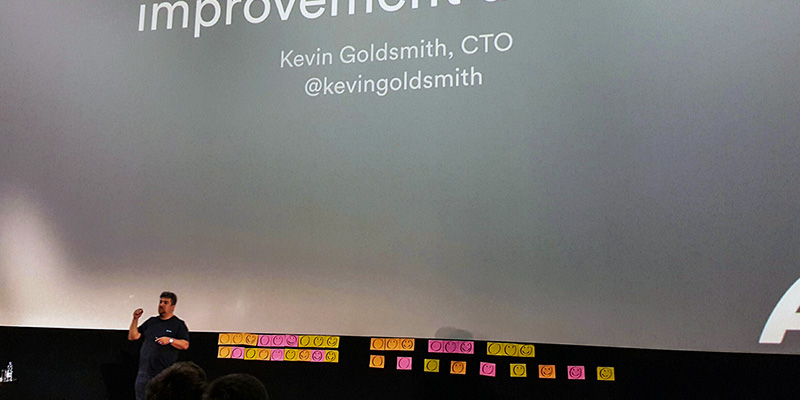Building a Culture of Continuous Improvement in Your Company

A culture of continuous improvement is a culture where you are always open to improving how you build and deliver. You don't accept the status quo; you choose how to work and feel empowered to change it if it no longer makes sense. It is a people-first culture.
Having had the benefit of a culture like this at the last place I worked, when I started at my current company, I wanted to see if I could create a continuous improvement culture there, too. It took some effort, and we learned some painful lessons along the way, but we did make significant improvements to how our teams operated and how the engineering organization functioned.
As a result of these changes, our teams are able to execute at a much higher level, and the morale of the organization improved significantly. In short, we get a lot more stuff done, and we are happier doing it.
To get there, we had to change some of our frameworks, structures, and processes, or adopt new ones.
Here are some of the frameworks we created that could be helpful for any company:
- WIGs and sWIGs: A way to align the company around a common mid-term strategy and shorter-term tactical deliveries in a way that preserves team autonomy and agile delivery. WIG stands for “wildly important goal,” and sWIG means “sub-wildly important goal.” Our WIGs clarify the midterm strategy for the company, and the sWIGs clarify the shorter-term tactics we are using to achieve that strategy
- DUHBs: A data-driven decision-making framework that allows individuals in the company to craft a clear, data-based argument for a making a change. DUHB stands for data, understanding, hypotheses, and bets, which describes the linear process of solving a problem
- Journey teams: An autonomous team model that gives teams more direct control over how they work, aligned with customer journeys
- RFCs: A mechanism that allows anyone in the organization to drive large-scale change inclusively. It is a document and a process that uses the “request for comment” structure from standards groups as a basis
- Retrospectives everywhere: A cultural shift in how we think about examining our organizational strengths and weaknesses when it comes to executing projects
Each framework builds upon the others. By making the priorities and goals of the company clear, people have the context to make good decisions. With a common data-driven process for vetting ideas, people have a good, structured way to propose changes. With autonomous teams, we can test new ideas locally and let the best practices emerge organically. With an inclusive mechanism for proposing larger-scale changes, the organization can participate in the process instead of having it pushed down from leadership. Finally, with a practice of retrospectives at all levels, the organization can learn from successes and mistakes made in any of the other components.
These frameworks created an environment that was not only adaptable and nimble but also one where the members of the organization were empowered to make changes and were given tools to make advocating for change easier.
The organization was ready for change and wanted to improve. People initially embraced the changes, but as they had to adapt to multiple changes happening in series the "troughs of sorrow" deepened and deepened. We overspent our change budget and had to adapt how we proceeded. It was a valuable lesson for experienced change agents.
In this talk, I share the approach we used to create a larger change building on incremental smaller changes, the changes themselves and the lessons learned from our rollout.
- Agile by Example - October 12, 2016 - Warszawa, Poland
- Agile Camp Northwest - September 06, 2017 - Beaverton, OR, United States
- BiFrost - September 22, 2017 - Toronto, ON, Canada
- Agile Camp Silicon Valley - November 08, 2017 - Santa Clara, CA, United States
- QCon London - March 06, 2018 - London, United Kingdom
- Better Software West - June 06, 2018 - Las Vegas, NV, United States
- ...Loving your talk right now. #bifrostconf - Shanta R. Nathwani
- TIL the Change Curve thanks @KevinGoldsmith #BifrostConf - Full Stack Toronto
- @KevinGoldsmith - loved your talk at #BifrostConf. - Devlon Duthie
- Live coverage of #Qconlondon on @InfoQ: Interview with @KevinGoldsmith on Data-Driven Thinking for Continuous Improvement - Ben Linders, InfoQ
- Great talk on building a CI culture by @KevinGoldsmith at #QConLondon lots to think about and some very clear areas for me improve - Jim Connor